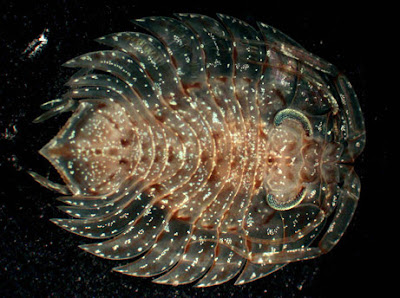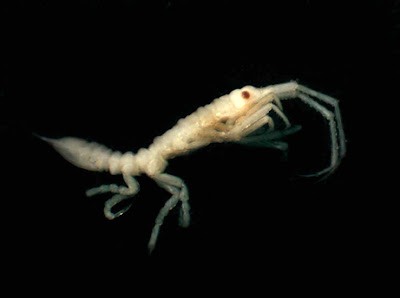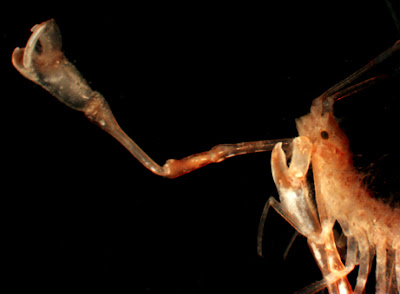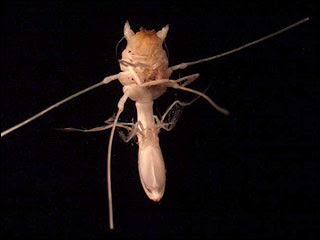The Antarctic Benthic Deep-Sea Biodiversity Project (ANDEEP) has been working on an unprecedented project to document marine life near the bottom of the Antarctic Ocean. 80% of the isopods identified are entirely new species. Another species, foraminifera, single celled organisms with decorative shells, have also been identified in the waters beneath the North Pole. It is astonishing that these tiny creatures could find their way to the opposite sides of the earth, traveling through dramatically different environments along the way. "What was once thought to be a featureless abyss, is in fact a variable, dynamic and biologically rich environment," explained Katrin Linse of the British Antartic Survey.
Previously an extra in The Abyss, Ceratoseloris was rediscovered by ANDEEP.
The shrimp-like Cylindrarcturus
- Log in to post comments






